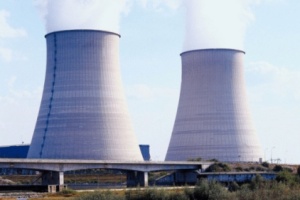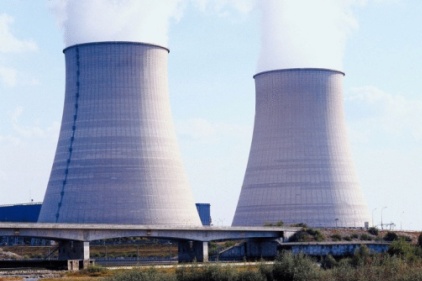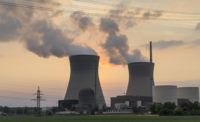 The Fukushima Daiichi Nuclear Power Station disaster in March 2011 is still a “hot” story more than three years after the incident. The operating company TEPCO (Tokyo Electric Power Co.) is cleaning up the site and continues to battle problems with tons of contaminated water being stored at Fukushima.
The Fukushima Daiichi Nuclear Power Station disaster in March 2011 is still a “hot” story more than three years after the incident. The operating company TEPCO (Tokyo Electric Power Co.) is cleaning up the site and continues to battle problems with tons of contaminated water being stored at Fukushima.
Water from the devastated reactor cooling system has spread into the immediate vicinity and around the world through ocean currents.
More than 780 suggestions from around the world have been sent into Japan’s International Research Institute for Nuclear Decommissioning in response to its call for solutions to the contaminated water problem. It seemed as that the most promising technology to solve the problem is Toshiba Corp’s Advanced Liquid Processing System (ALPS), a water remediation technology that uses apatite. It’s a mineral similar to bone in its makeup and has the ability to capture and hold certain elements in its microstructure, including strontium.
But with more than 350 tons of highly contaminated water waiting to be treated, ALPS has run into problems. When the system was put on line in March 2013, it was plagued with problems with leaks from tanks and vessels that seemed to be derived from poor welding. These and other problems limited the system to only trial runs.
With evidence mounting that the effects of Fukushima are far worse that official government reports, officials can only hope that an effective way will be found to clean up the nuclear plant and the surrounding area.
Source: www.wnd.com
WND, formerly WorldNetDaily is an independent news company.



